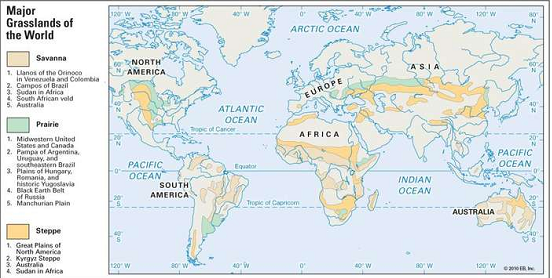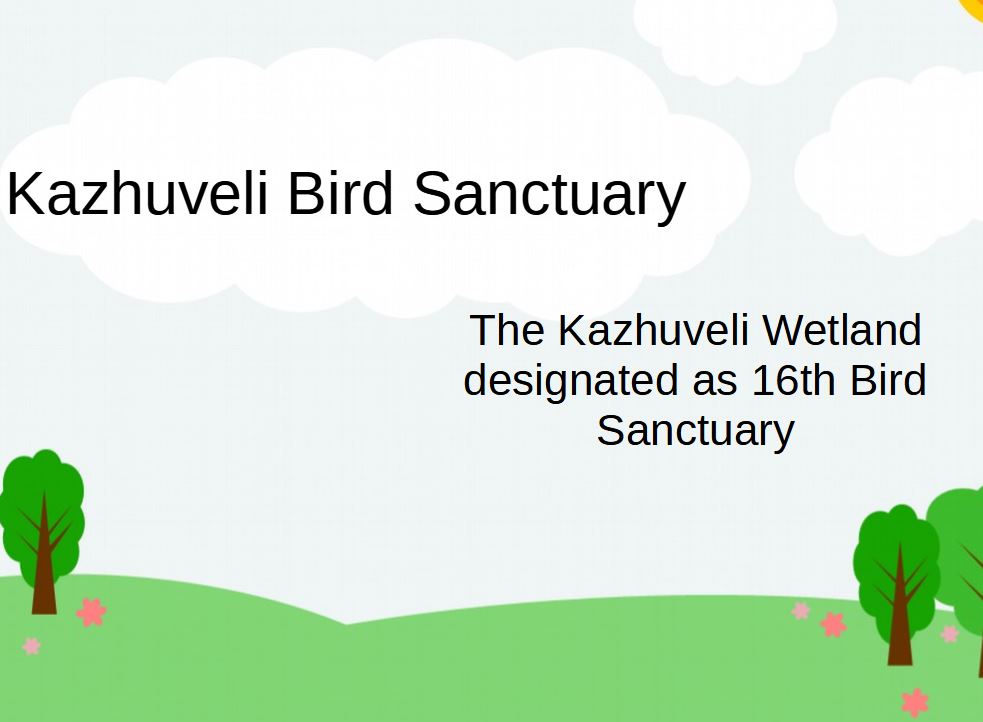Updated By: LatestGKGS Desk
Geography: L.C. King's theory of landform, concept and the regions of South Africa

Geography: L.C. King’s theory of landform development is based on his studies of landforms in arid, semi-arid and savanna regions of South Africa
L.C. King formulated a set of cyclic models (such as landscape cycle, epigene cycle, pediplanation cycle, hillslope cycle, etc.) and asserted that these are practicable in other parts of the globe as well.
The reference system of King’s model says “there is the uniform development of landforms in varying environmental conditions and there is the insignificant influence of climatic changes in the development of fluvially originated landforms.
L.C. King’s theory of landform development is based on his studies of landforms in arid, semi-arid and savanna regions of South Africa.
According to King, the African landscape consisted of three basic elements:
(a) rock pediments flanking river valleys and having concave slope varying in angle from 1.5° to 7° cut into solid rocks, and
(b) scarps having steep slopes bounding the uplands and varying in angle from 15° to 30° and experiencing parallel retreat due to backwashing by weathering and rainwash;
(c) steep-sided residual hills are known as inselbergs (bornhardts) which vary in size and shape. The size of the inselbergs is dependent on the magnitude of erosion and their shape on the nature of the underlying structure.


